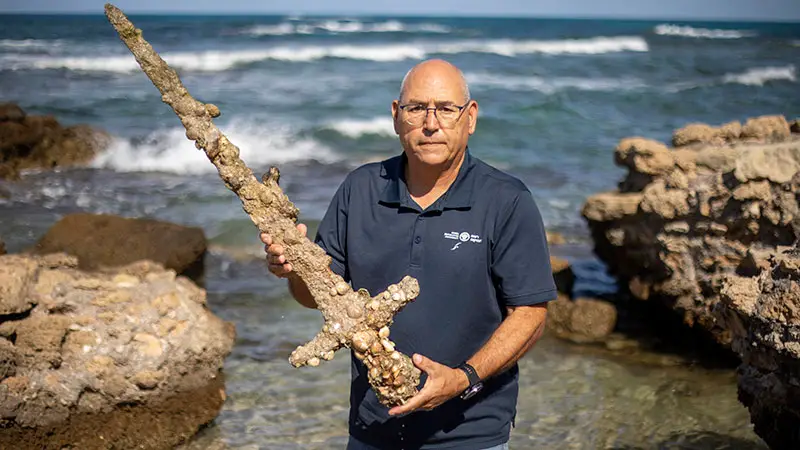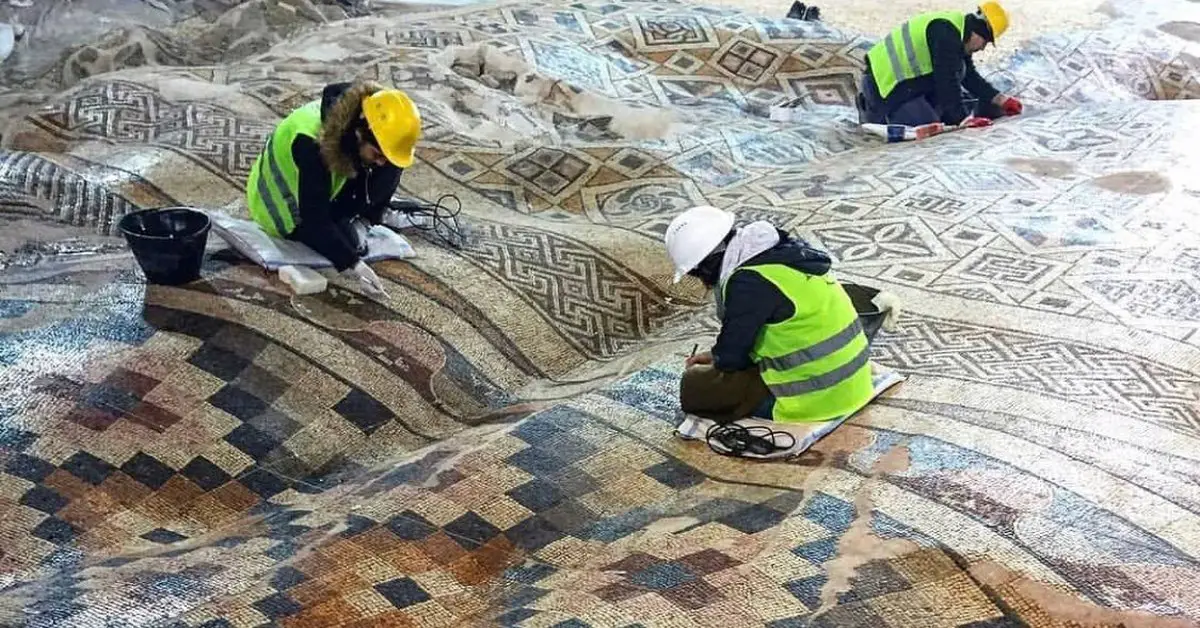The Oseberg Ship is one of the most magnificent and well-preserved artifacts from the Viking Age, offering an unparalleled glimpse into the lives, beliefs, and maritime prowess of the Norse people in the 9th century.
Discovered in a large burial mound at the Oseberg farm near Tønsberg in Vestfold, Norway, in 1903, the excavation of the Oseberg Ship was a landmark event in the field of archaeology and Norse history. This article delves into the discovery, excavation, and significance of the Oseberg Ship, shedding light on its contribution to our understanding of Viking society and culture.
Contents
- The Oseberg Ship Discovery
- Excavation of the Oseberg Ship
- Artefacts and Burial Goods
- Viking Ship Burials
- Conservation and Display
The Oseberg Ship Discovery
The Oseberg Ship was discovered by local farmer Knut Rom, who stumbled upon the ship’s upper part protruding from a burial mound on his land. Recognizing the potential significance of his find, Rom contacted Professor Gabriel Gustafson of the University of Kristiania (now Oslo).
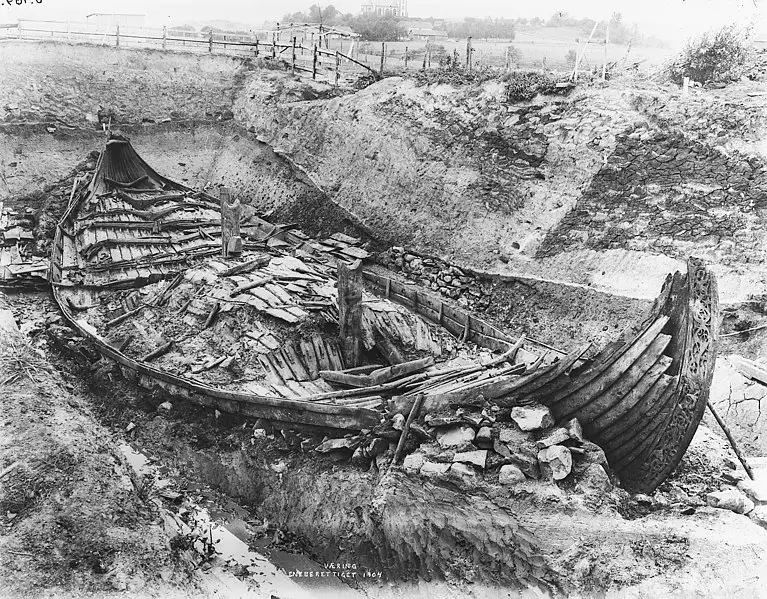
Professor Gustafson, an esteemed archaeologist with a keen interest in Viking culture and history, recognized the potential importance of Rom’s discovery immediately. The possibility of uncovering a Viking ship in such a state of preservation was both rare and invaluable for the academic community and the broader understanding of Viking endeavours, both in terms of maritime technology and cultural practices.
Read more: Heavily Decorated Viking Sword X-Rayed
Excited by the prospect of uncovering a Viking ship, Gustafson and his team commenced the excavation on August 8, 1904, marking the beginning of one of the most significant archaeological discoveries in Norway.
Excavation of the Oseberg Ship
The excavation of the Oseberg Ship, under the guidance of Professor Gabriel Gustafson and archaeologist Haakon Shetelig, was a historic moment in the field of archaeology, particularly for those interested in the Viking Age. Their approach to the excavation was ground breaking, emphasizing the need for precision and patience.
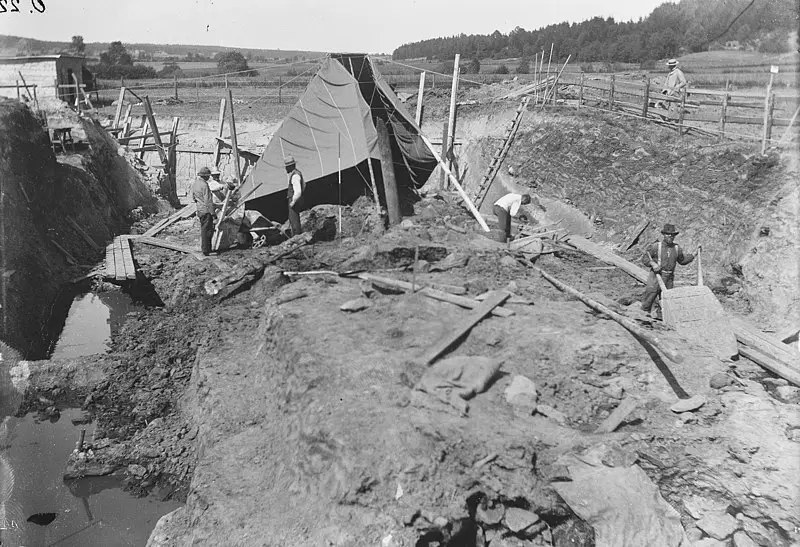
Utilizing hand tools, the team meticulously removed the earth that had concealed the ship for centuries, ensuring that every layer uncovered was carefully documented and studied. This methodical process not only safeguarded the integrity of the ship but also allowed for the detailed recording of its context within the burial mound, providing invaluable data for understanding the site’s historical significance.
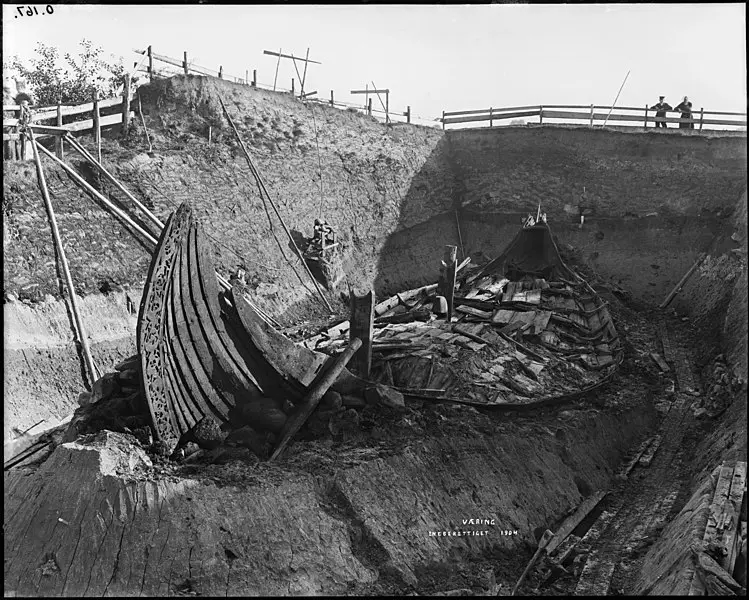
As the earth was gradually removed, the Oseberg Ship revealed itself not just as a vessel of transport, but as a work of art of Viking craftsmanship. Measuring 21.58 meters in length and 5.10 meters in width, the ship’s dimensions and structural integrity were impressive.
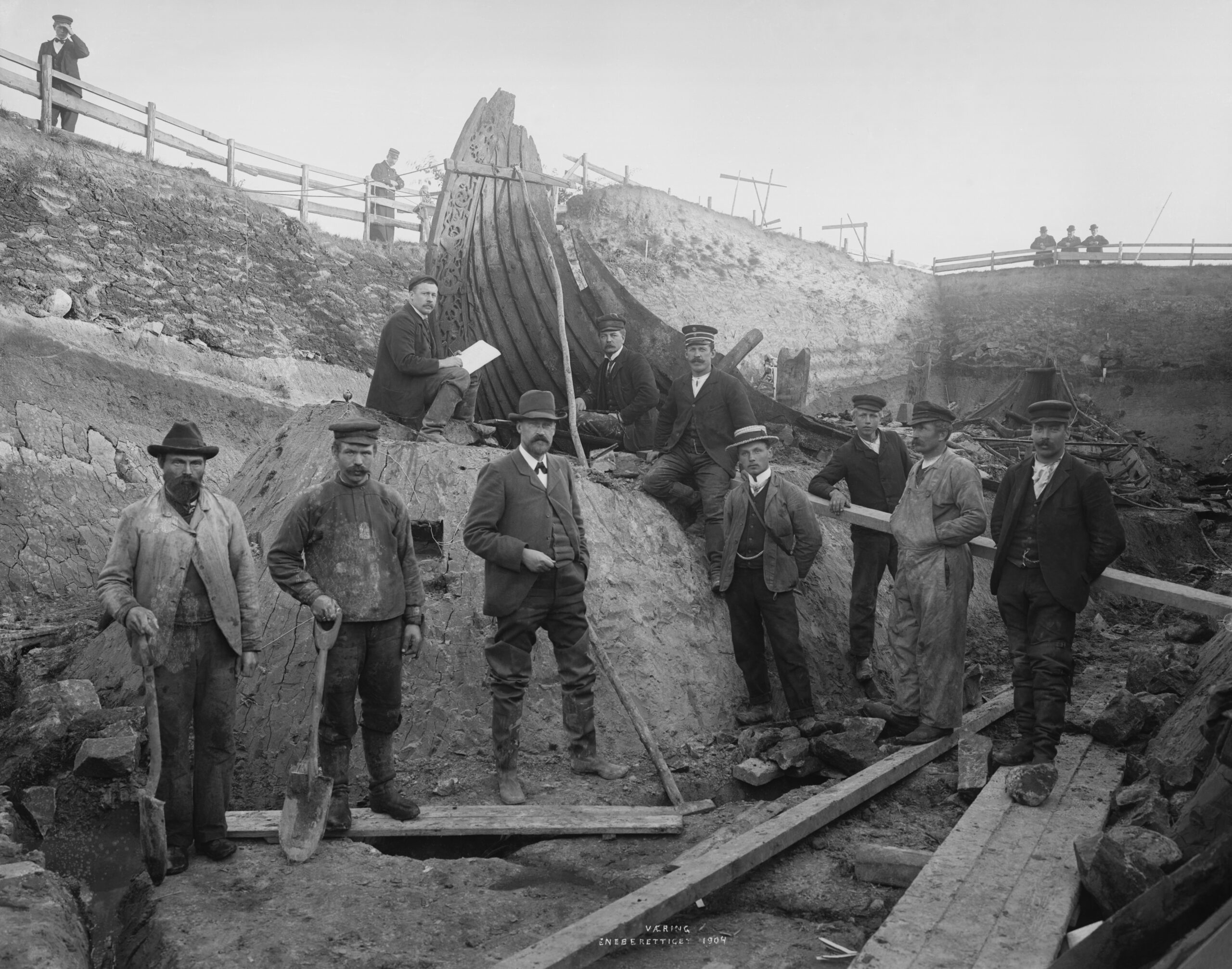
But it was the aesthetic details — the beautifully carved bow and stern, adorned with intricate designs that mesmerised all who saw them — that underscored the Vikings’ mastery over wood and their deep appreciation for beauty and symbolism in their work.
Read more: 100 Viking Swords Discovered in Estonia
The ship’s construction techniques further highlighted the advanced knowledge of Viking shipbuilders. The use of the clinker-built method, where planks were overlapped and then riveted together, not only provided strength and flexibility to the vessel but also demonstrated the Vikings’ understanding of seafaring and ship construction.
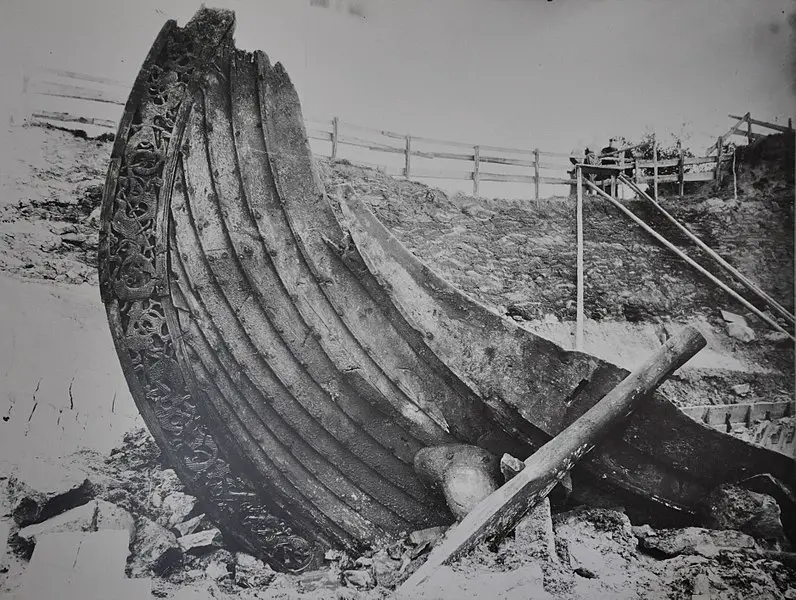
This technique, combined with the ship’s artistic carvings, positioned the Oseberg Ship as a paramount example of Viking era carpentry and artistry.
Artefacts and Burial Goods
The excavation also brought to light a treasure trove of artefacts that had been buried alongside the ship, serving as a burial chamber for two women of high status.
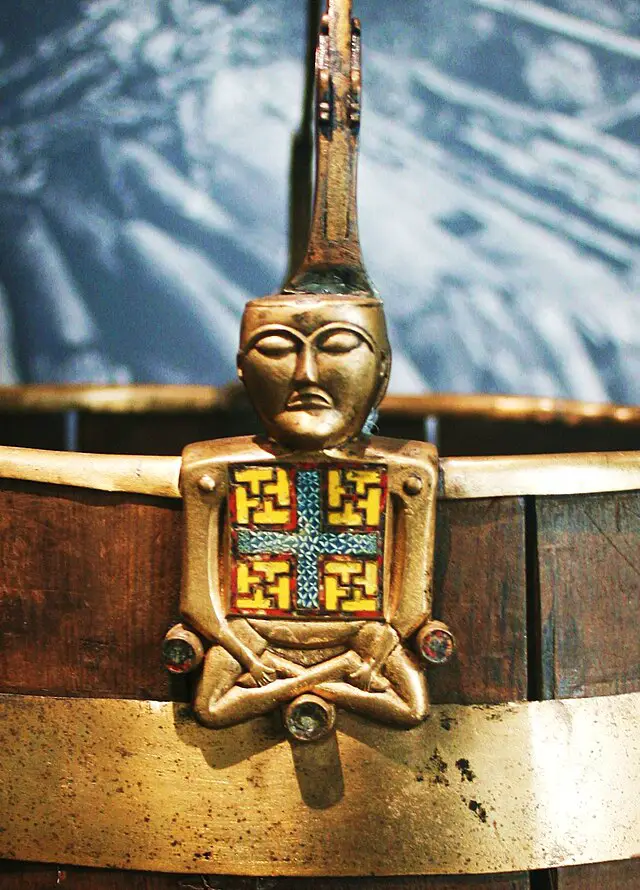
The range of items found within the ship — from wooden and textile objects to tools and household items — gave insight into Viking life and death as well as the daily lives and cultural practices of the Viking Age, giving us a detailed picture of a society that was both complex and sophisticated.
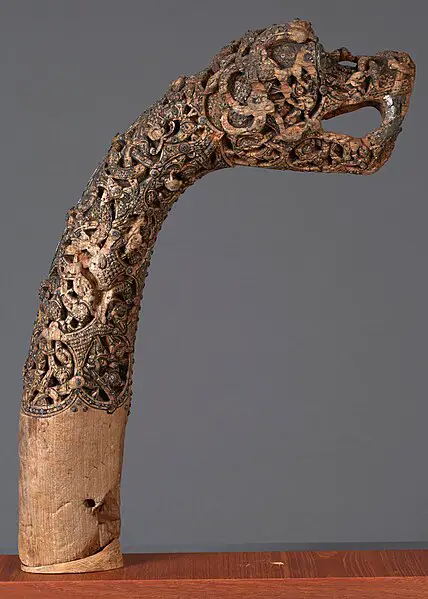
Among the most significant findings were the two female skeletons, whose presence sparked intrigue and speculation about their identities and roles within Viking society. The high-status burial, accompanied by an array of grave goods, suggests that these women held significant power and influence.
Read more: Timber Rafts: The Epic History of Rafting Logs Downriver
The speculation that one of them might have been a queen or a high priestess challenges earlier perceptions of Viking society as male-dominated and highlights the potential for women to achieve high status and authority. This aspect of the excavation has opened new avenues for research, encouraging a re-evaluation of the roles and contributions of women in the Norse world.
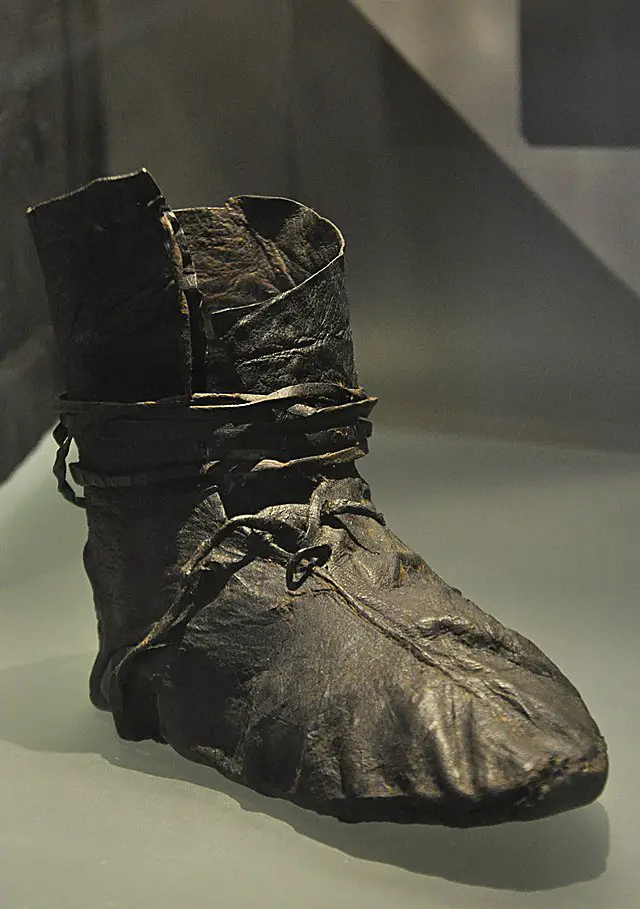
The artefacts discovered within the Oseberg Ship have since become key pieces of evidence in the study of Viking material culture. The wooden and textile objects, in particular, have provided researchers with rare examples of Viking craftsmanship, allowing for a deeper understanding of their techniques, styles, and materials.
Similarly, the tools and household items have shed light on the everyday activities and societal organization of the Norse people, offering a glimpse into their domestic lives, crafts, and rituals.
Viking Ship Burials
The Vikings buried individuals in ships as part of their burial traditions, which were deeply rooted in their beliefs, societal structure, and maritime culture. This practice, known as ship burial, served multiple purposes and held significant symbolic meaning:
- Belief in the Afterlife: The Vikings believed in an afterlife, and ship burials were part of their rituals to ensure a safe and honourable journey for the deceased into the afterlife. Norse mythology includes various realms for the dead, such as Valhalla (the hall of slain warriors) and Hel (the realm of those who did not die in battle). A ship served as a vessel to transport the deceased to these realms, reflecting the importance of sea voyages in Viking life and their belief in the continuation of such voyages after death.
- Status and Honour: Ship burials were typically reserved for individuals of high status, such as warriors, chieftains, and nobility. By burying these individuals with their ships, the Vikings were honouring their achievements, status, and contributions to society. The size of the ship and the wealth of the grave goods included in the burial could also reflect the deceased’s status and wealth during their life, serving as a final tribute to their importance.
- Symbolism and Cosmology: Ships held great symbolic importance in Viking culture, representing not only their prowess as seafarers but also their cosmological views. The ship was a symbol of safe passage across the waters that separated the worlds of the living and the dead. In this context, the ship burial ritual can be seen as a physical manifestation of the journey from this world to the next, embodying the Vikings’ beliefs about death and the afterlife.
- Continuation of Life’s Journey: The inclusion of personal belongings, weapons, and sometimes even sacrificed animals or servants in ship burials suggests that the Vikings believed in a continuation of life’s journey after death. By equipping the deceased with everything they might need for the afterlife, including their ship, the Vikings were ensuring that their loved ones would be well-prepared for whatever awaited them beyond this life.
- Community and Memory: Ship burials also served to maintain the memory of the deceased within the community. These elaborate burials would have required significant effort and resources, showing the communal respect and remembrance for the individual. The burial site would serve as a lasting monument to the deceased, anchoring their memory in the landscape and the community’s history.
Conservation and Display
The ship’s incredible preservation was largely due to the anaerobic conditions of the clay in which it was buried. This environment significantly slowed the decomposition of organic materials such as wood by limiting exposure to oxygen, which is necessary for the decay process. Moreover, the burial mound provided structural support, preventing the ship from collapsing under the earth’s weight.
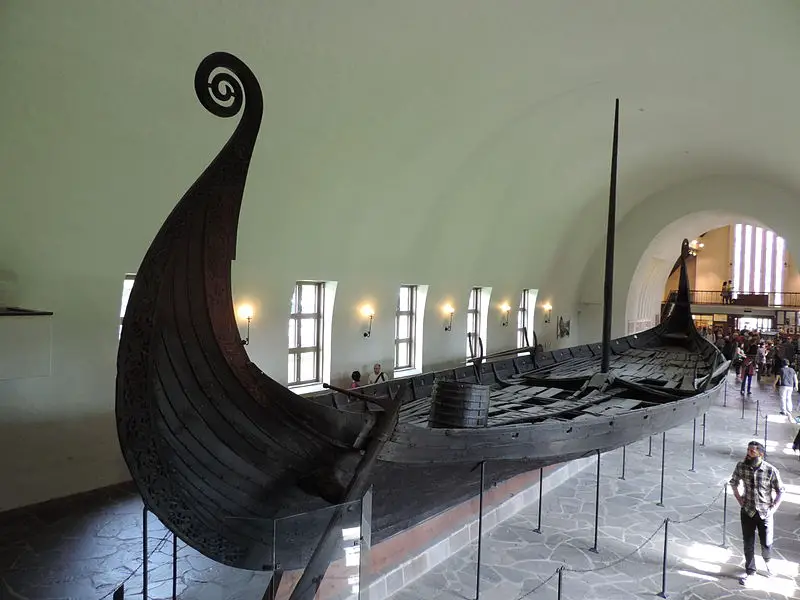
Upon its excavation in 1904, it became evident that active conservation measures were essential to maintain the ship’s integrity over the long term. The conservation process has involved several critical stages to mitigate the effects of exposure to the environment.
Initially, chemical preservatives were applied to the wood to prevent decay and strengthen the ship’s structure. Linseed oil and other substances were used to saturate the wood, creating a protective barrier against pests and further decomposition.
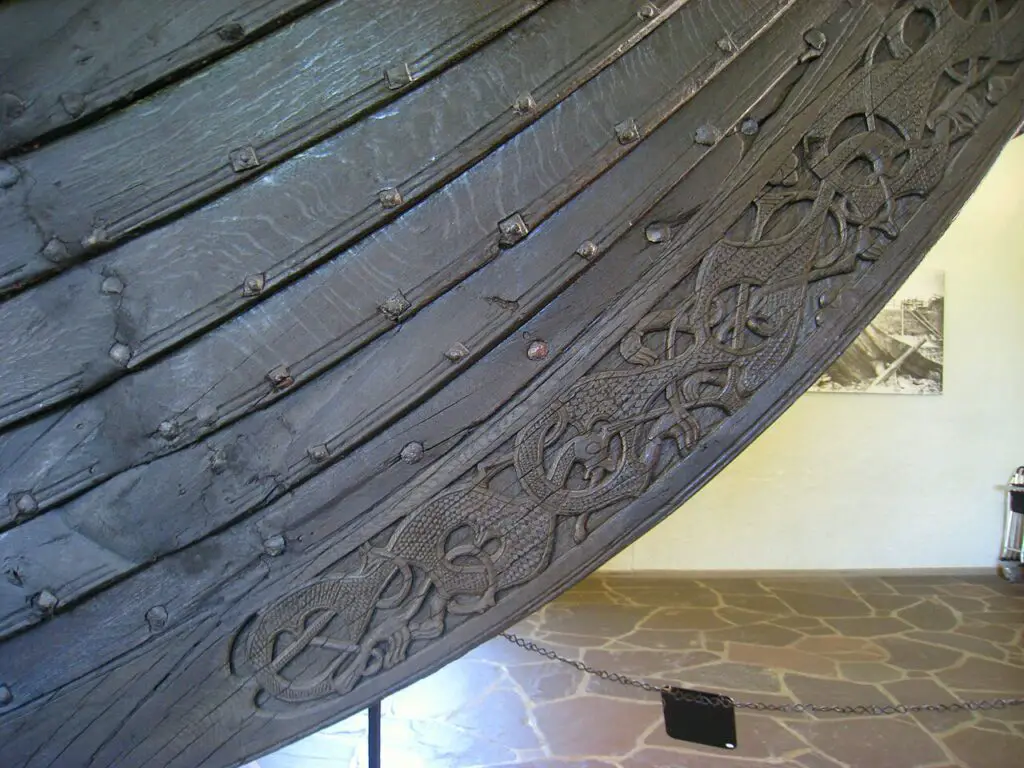
The ship is now housed in the Viking Ship Museum in Oslo, where it benefits from a controlled climate to minimize deterioration. The museum regulates temperature, humidity, and light levels, all of which are vital for preserving organic materials.
Additionally, support structures have been implemented to maintain the ship’s shape and prevent any deformation. These supports evenly distribute the ship’s weight, reducing stress on the ancient timbers and ensuring the ship maintains its original form.
Read more: Armenian Heroines: Women Armed for Battle
Conservators continually inspect the ship and its artefacts for signs of deterioration, performing necessary maintenance and repairs to address any issues. This proactive approach includes treating the wood with preservatives, repairing cracks or damage, and adjusting support structures as needed.
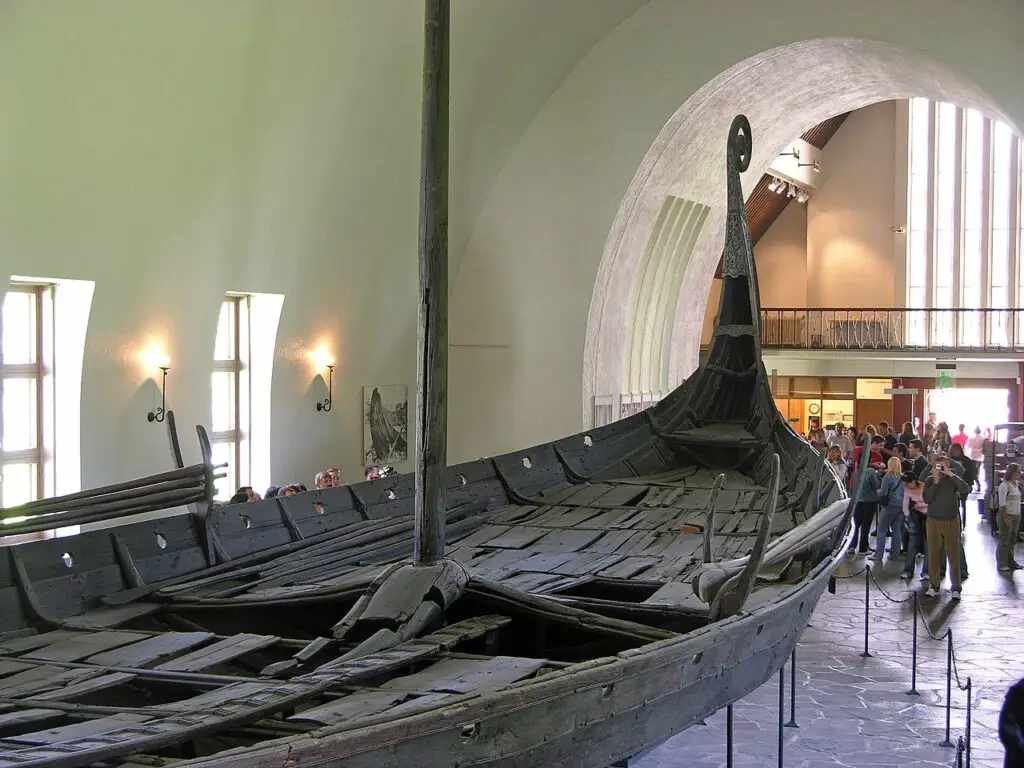
The ongoing preservation of the Oseberg Ship is supported by continuous research and development in conservation techniques. As new methods emerge, conservators and scientists collaborate to apply these advancements, aiming to prolong the artefact’s lifespan without compromising its historical authenticity.
Despite these extensive efforts, challenges persist due to the ship’s organic nature and its exposure to environmental factors as an exhibit. Nonetheless, the commitment to its preservation ensures that this invaluable piece of Viking history and culture will remain accessible to future generations.
